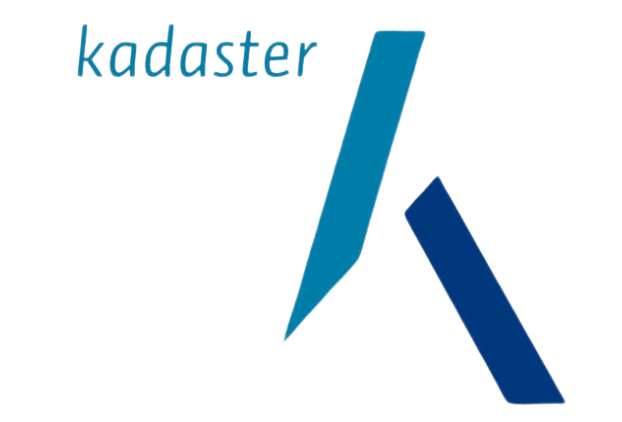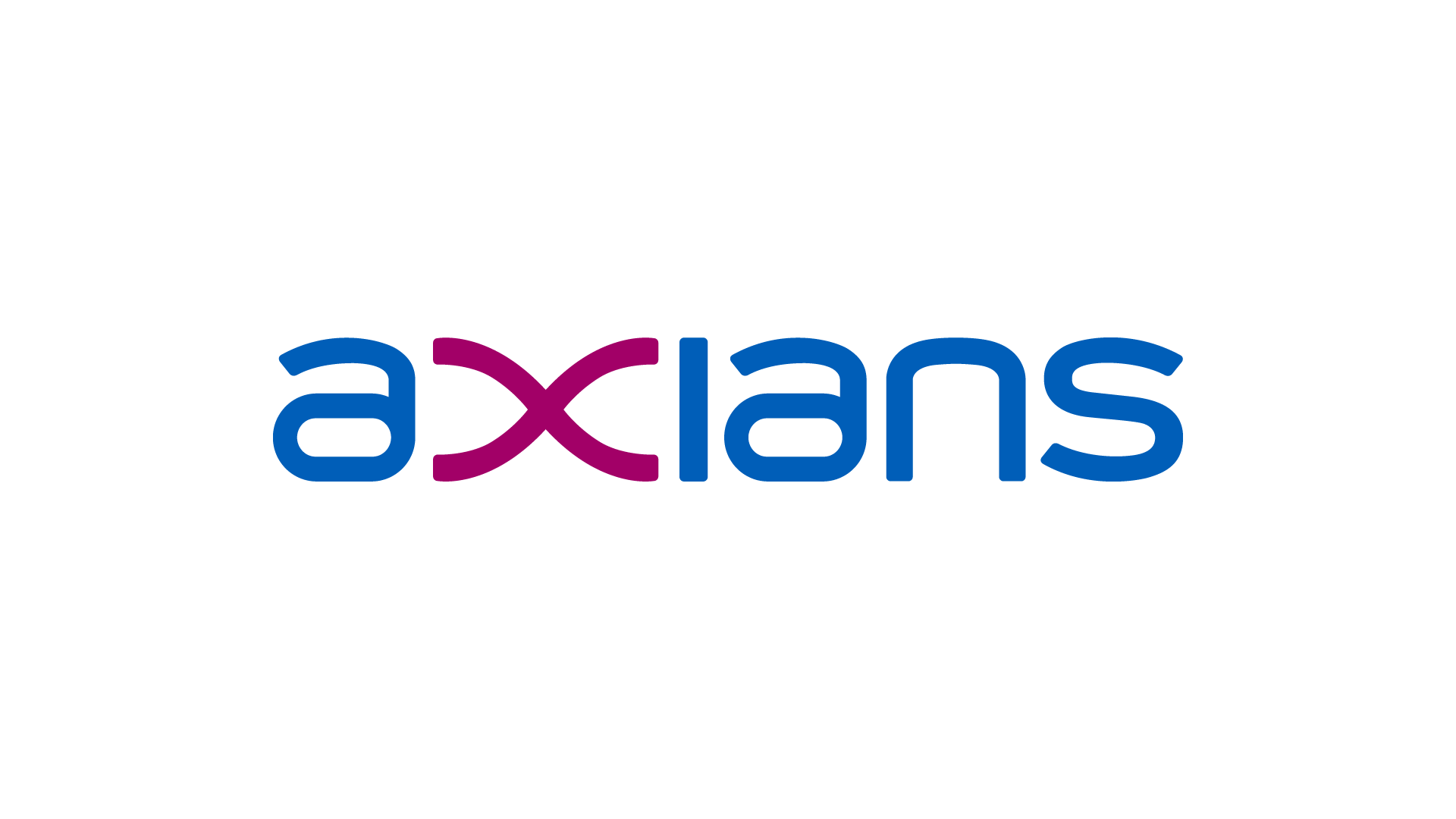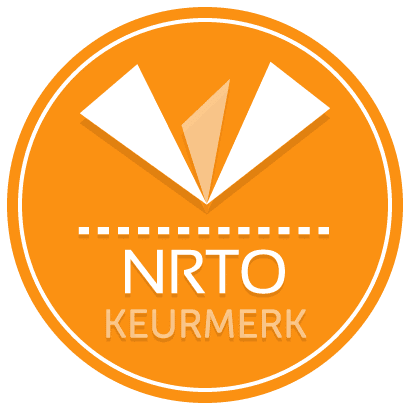Over de VMware vSphere: Manage [V8] (VSICM8)
This five-day course features intensive hands-on training that focuses on installing, configuring, and managing VMware vSphere 8, which includes VMware ESXi™ 8 and VMware vCenter® 8. This course prepares you to administer a vSphere infrastructure for an organization of any size.
This course is the foundation for most VMware technologies in the software-defined data center.
Product Alignment:
- VMware ESXi 8.0.
- VMware vCenter 8.0.
Voor wie is de VSICM8?
Individuals involved in the implementation, maintenance and administration of a vSphere environment.
Leerdoelen van de VSICM8
By the end of the course, you should be able to meet the following objectives:
- Install and configure ESXi hosts.
- Deploy and configure vCenter.
- Use the vSphere Client to create the vCenter inventory and assign roles to vCenter users.
- Create virtual networks using vSphere standard switches and distributed switches.
- Create and configure datastores using storage technologies supported by vSphere.
- Use the vSphere® Client™ to create virtual machines, templates, clones, and snapshots.
- Create content libraries for managing templates and deploying virtual machines.
- Manage virtual machine resource allocation.
- Migrate virtual machines with VMware vSphere® vMotion® and VMware vSphere® Storage vMotion®.
- Create and configure a vSphere cluster that is enabled with VMware vSphere® High Availability (HA) and VMware vSphere® Distributed Resource Scheduler™.
- Manage the life cycle of vSphere to keep vCenter, ESXi hosts, and virtual machines up to date.
Recommended as preparation for the following exams:
- VMware Certified Professional - Data Center Virtualization 2023.
Aanbevolen voorkennis VSICM8
Attendees should meet the following pre-requisite
- System administration experience on Microsoft Windows or Linux operating systems.
Onderwerpen van de VSICM8
VSICM8 | Course Introduction
- Introductions and course logistics.
- Course objectives.
VSICM8 | vSphere and Virtualization Overview
- Explain basic virtualization concepts.
- Describe how vSphere fits in the software-defined data center and the cloud infrastructure.
- Recognize the user interfaces for accessing vSphere.
- Explain how vSphere interacts with CPUs, memory, networks, storage, and GPUs.
VSICM8 | Installing and Configuring ESXi
- Install an ESXi host.
- Recognize ESXi user account best practices.
- Configure the ESXi host settings using the DCUI and VMware Host Client.
VSICM8 | Deploying and Configuring vCenter
- Recognize ESXi hosts communication with vCenter.
- Deploy vCenter Server Appliance.
- Configure vCenter settings.
- Use the vSphere Client to add and manage license keys.
- Create and organize vCenter inventory objects.
- Recognize the rules for applying vCenter permissions.
- View vCenter logs and events.
VSICM8 | Configuring vSphere Networking
- Configure and view standard switch configurations.
- Configure and view distributed switch configurations.
- Recognize the difference between standard switches and distributed switches.
- Explain how to set networking policies on standard and distributed switches.
VSICM8 | Configuring vSphere Storage
- Recognize vSphere storage technologies.
- Identify types of vSphere datastores.
- Describe Fibre Channel components and addressing.
- Describe iSCSI components and addressing.
- Configure iSCSI storage on ESXi.
- Create and manage VMFS datastores.
- Configure and manage NFS datastores.
VSICM8 | Deploying Virtual Machines
- Create and provision VMs.
- Explain the importance of VMware Tools.
- Identify the files that make up a VM.
- Recognize the components of a VM.
- Navigate the vSphere Client and examine VM settings and options.
- Modify VMs by dynamically increasing resources.
- Create VM templates and deploy VMs from them.
- Clone VMs.
- Create customization specifications for guest operating systems.
- Create local, published, and subscribed content libraries.
- Deploy VMs from content libraries.
- Manage multiple versions of VM templates in content libraries.
VSICM8 | Managing Virtual Machines
- Recognize the types of VM migrations that you can perform within a vCenter instance and across vCenter instances.
- Migrate VMs using vSphere vMotion.
- Describe the role of Enhanced vMotion Compatibility in migrations.
- Migrate VMs using vSphere Storage vMotion.
- Take a snapshot of a VM.
- Manage, consolidate, and delete snapshots.
- Describe CPU and memory concepts in relation to a virtualized environment.
- Describe how VMs compete for resources.
- Define CPU and memory shares, reservations, and limits.
VSICM8 | Deploying and Configuring vSphere Clusters
- Create a vSphere cluster enabled for vSphere DRS and vSphere HA.
- View information about a vSphere cluster.
- Explain how vSphere DRS determines VM placement on hosts in the cluster.
- Recognize use cases for vSphere DRS settings.
- Monitor a vSphere DRS cluster.
- Describe how vSphere HA responds to various types of failures.
- Identify options for configuring network redundancy in a vSphere HA cluster.
- Recognize vSphere HA design considerations.
- Recognize the use cases for various vSphere HA settings.
- Configure a vSphere HA cluster.
- Recognize when to use vSphere Fault Tolerance.
VSICM8 | Managing the vSphere Lifecycle
- Enable vSphere Lifecycle Manager in a vSphere cluster.
- Describe features of the vCenter Update Planner.
- Run vCenter upgrade prechecks and interoperability reports.
- Recognize features of VMware vSphere® Lifecycle Manager™.
- Distinguish between managing hosts using baselines and managing hosts using images.
- Describe how to update hosts using baselines.
- Describe ESXi images.
- Validate ESXi host compliance against a cluster image and update ESXi hosts.
- Update ESXi hosts using vSphere Lifecycle Manager.
- Describe vSphere Lifecycle Manager automatic recommendations.
- Use vSphere Lifecycle Manager to upgrade VMware Tools and VM hardware.























